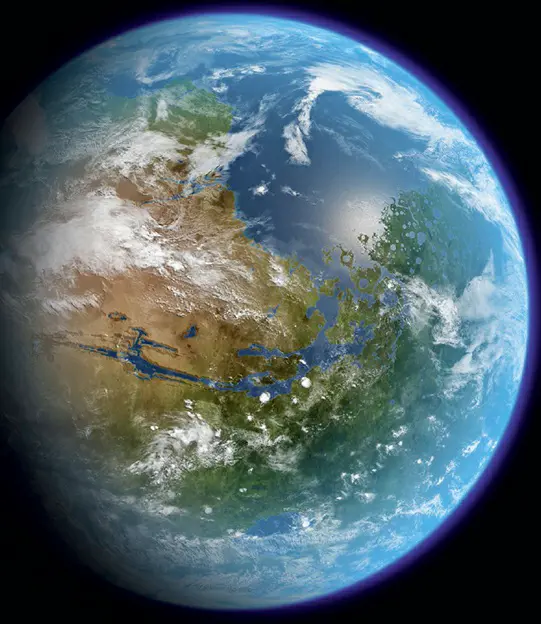The concept of terraforming, transforming other planets to become more Earth-like, has been a subject of fascination and scholarly study since the 1960s. Early explorations of our solar system fueled the imagination that planets like Venus and Mars could be similar to Earth, with breathable atmospheres and habitable surfaces. However, reality painted a different picture: Venus with its extreme greenhouse effect and Mars with its thin, cold atmosphere.
Carl Sagan, a renowned American astronomer and planetary scientist, was a pioneer in contemplating the possibilities of terraforming. In his groundbreaking 1961 paper, Sagan suggested the potential of seeding Venus with algae to reduce its CO2-rich atmosphere. Although later discoveries about Venus’s harsh conditions, such as sulfuric-acid clouds, have cast doubt on the feasibility of his proposal, Sagan’s ideas sparked a wave of interest in the scientific community. His 1973 proposals on terraforming Mars further energized discussions, leading to academic workshops and conferences dedicated to the subject in the 1970s and 1980s.
Terraforming has since been a topic of interest among scientists, philosophers, and visionaries. It presents an intriguing yet challenging endeavor, one that would require significant technological advancements and immense resources, potentially taking centuries to achieve. Despite the daunting aspects of such a massive planetary-scale project, the dream of transforming barren landscapes into habitable worlds continues to inspire.

